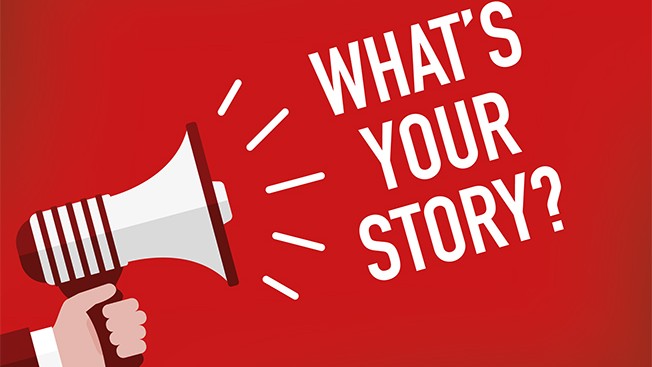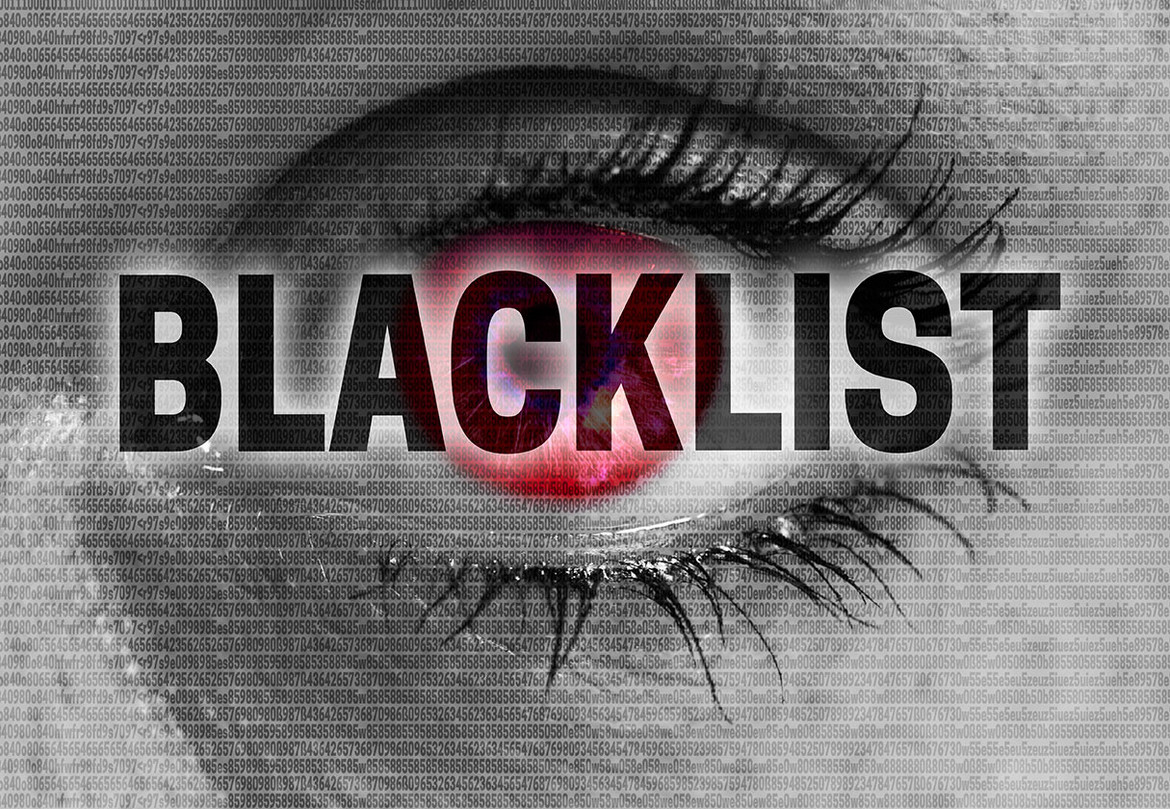Storytelling in Advertising: How the Software Industry Entertains
Traditionally, the B2B industry has attempted to attract custom through advertising which relies on factual information and reasoned decision-making. Analysts argue, however, that advertising will only survive if it becomes entertaining. Through introducing storytelling into its advertising, the software industry is breaking new ground in the B2B sector, thus proving that B2B communication is not condemned to just providing coldly informative ads.

© relif | istockphoto.com
Advertising will only survive if it becomes entertaining. This is the main message of Andrew Essex. In his book, The End of Advertising (2017), he analyzes the changes in advertising, brought about by the success of ad blockers. One B2B industry in particular tends to follow Essex’s teachings – the software industry. Unlike traditional B2B communication, it uses storytelling in its ad campaigns. Indeed, what is more entertaining than a story?
Nevertheless, while traditionally the B2C environment is most likely to entertain, entertaining a professional audience, as the software brands do, is not so common: The purchase of business tools is not spontaneous, but follows a very reasoned line of thinking. Therefore, the practices of the software industry are especially relevant to understand what the meaningful balance between emotional and cerebral approaches could be within the B2B environment.
The story is the product
The fairy tale in the Sage Christmas campaign in 2016, the epic documentary by Norton* in its “The Most Dangerous Town on the Internet” campaign, comics like in the M-Files print ad in 2014, or testimonials on the current Salesforce website:
Software and technology brands like re-using the style of the stories which captivate us the most. The ads reproduce the aesthetics of these captivating classical stories, and do it in a very prominent way: The dressed up ads are actively influencing the audience to consider them to be a tale, a detective novel, and so on, and not as a simple ad anymore. The Christmas ad campaign of Sage – showing an entrepreneur mother who is not able to be with her family at Christmas because of her work, and who then discovers that her family has prepared the celebration in the shop itself – uses a lot of elements related to the tale symbolism: the Christmas atmosphere, the family circle, colorful lights, presents, music, etc. In doing so, the ad is reaching the emotional side of the potential customers. The day-to-day habits of the audience immediately disappear. Instead, there is a nice, intriguing, and magical world in which the consumer recognizes the codes and the scripts. This provides the audience with a feeling of security on the one hand – the audience is in a familiar environment – and with creativity, surprises, and entertainment on the other hand.
It should be emphasized that using storytelling in the B2B environment, where brands typically use classical and serious ads for promotion, is very disruptive. The IT costs can be high, and new tools might influence the daily work of the company, with a risk of disturbance. In other words: you do not buy software in the way you buy a new beverage. Nevertheless, daring this sort of communication is a powerful way of attracting attention. And an ad that is not seen is of no or very little value.
An immersive story – from storytelling to story-living
Using tales or any other well-recognizable form of story is not enough to entertain the audience. Ads have to convey a story, which means the transformation from a “knotted” situation to an “unblocked” one. While B2C ad campaigns provide a very minimalistic storyline, the B2B ones – at least in the software industry – usually develop a complete journey where we see the bad, the good, and sometimes the ugly, changing from one sequence to another.
In order to create an immersive story, brands usually build a complete and separate world, with a dedicated story-related website. This is also the case for the “The Most Dangerous Town on the Internet” Ad campaign by Norton.* The campaign website, in the style of a Cold War documentary, is completely dedicated to the story of a small town in Romania that is the center of cyber attacks. The ad won the prestigious Cyber Lions Gold prize at the Cannes Lions in 2016.
In fact, this underlines the intention of providing a clear and progressive demonstration to the audience. That’s why the stories are directly based on concrete use-cases in context and in action, like the “Hands of time” video ad from HP in 2014, promoting the 3D scanner, Sprout. In this video, the company shows the magic of a simple hand through numerous usages, and how it can be a powerful tool at work, with the help of their software. Brands do not just want to entertain. They do not just want to sell. They want more. They want to educate. Therefore, they build an immersive story with a chain of actions. We are quite far away from the euphoria of the classical ads. There is still a very pragmatic approach.
The storytelling tends then to transform into a story-living, adding a new force to the entertainment because the communication becomes more interactive for the audience. Certainly, augmented reality and virtual reality, which were among the key trends of the Dmexco digital marketing fair this year, will play a big role in this in the future, including the B2B segment. The recent “Reinventing Loyalty Report 2017” by Adobe-Goldsmiths also stresses the immersive experience as differentiation.
For the software players, transmitting this experience will be almost as important as selling the product. The ads give the impression that the brands are immediately interested in building a new relationship with their audience, rather than just generating sales. They are looking for long-term customers, who are also more committed to the brand with loyalty and can intuitively promote the products further. De facto, on the Customer Stories section of Salesforce’s website, one can read testimonials from customers, each one containing a story. That is why there is a sort of de-advertising (if we translate the concept of depuplicitarisation developed by Berthelot-Guiet, Marti de Montety and Patrin-Leclère), especially visible in brand content. The Juniper Company understood this well, too. They created a gamification platform, Deception Force, where players were sensitized to security topics in a funny and engaging way. The campaign was among the finalists at the 7th Shorty awards, that honors the best of social media. It was also a public success, with 15,000 downloads of the game app.
That’s why the ads mostly display the point of view of the user, mostly on the side of their personal emotions: Software brands are not really speaking to the professional being, but to the private side of the professional being. The best example is maybe the Christmas campaign of Sage, where the brand tried to touch the sensitive heart of the audience first, using the family point of view rather than the business one. Here, the private sphere with the family and Christmas is directly used as an authentic and emotional connection to the business world.
A postmodern B2B communication?
This low visibility of the sales orientation and the absence of a strict border between a B2C and a B2B communication when it concerns emotions hides a broader phenomenon: Software brands doing storytelling are applying a postmodern style. One of the main characteristics of this is the weight of indirect messages. For this, software ads especially employ humor, with its variables of irony and parody. This allows the telling of several things at the same time, and creates a relaxed atmosphere. For example, in the print ad from M-File, where a team is painfully trying to find the latest version of a document, the crescendo of confusion and the chief character are especially amusing. It reflects situations we have all experienced, but the humor raises the awareness among the audience, causing them to rethink past experience with distance. The ERP Company Workday also plays a lot on dark humor in its video ad, We are Workday. In an 80’s style, it shows how the heart of the business system, servers, gets overwhelmed, badly fixed, and even burnt; the cold and ironic feminine voice-over and the absurd scenes (a worried employee trying to analyze the strange lines of a graph), produce educational entertainment.
Contrary to what we sometimes could think, B2B communication is not condemned to provide only classical, factual, and coldly informative ads. The software industry proves that there is space for entertainment, which reinforces in a very lively and engaging way the information objective. In fact, it seems that our contemporary era makes possible a meaningful mix of means and strategies that might appear contradictory at first glance. This is what the Chairman and Chief Strategy Officer of the famous Advertising & Creative Agency Saatchi & Saatchi London also advises in a recent article: Maybe it’s time we should consider the end of the “or” story, and beginning of the “and” story.
Lucie Poisson is finishing her PhD in linguistics about storytelling in advertising at the Bern university (Switzerland). She is also Commercial Product Manager at 1&1. She joined the company as International Online Marketing Manager. Previously, she worked at SAP and at several publishers in Paris where she was in charge of marketing and digital projects.
* For the purposes of transparency, the author wishes to make it known that there is a business relationship between Norton and her company, 1&1.
Please note: The opinions expressed in Industry Insights published by dotmagazine are the author’s own and do not reflect the view of the publisher, eco – Association of the Internet Industry.




